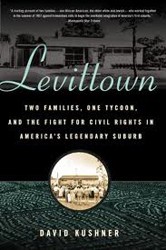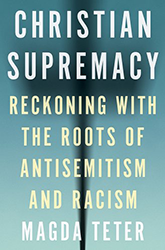Imagining Early American Jews explores American Jewish history from the settlement of the original thirteen colonies through the Civil War and up to the end of westward expansion. The book’s author, Michael Hoberman, an English professor at Fitchburg State University in Massachusetts, has written extensively on the American Jewish experience. His newest book is divided into five chapters, each examining the relationship — and often, the disparity — between interpretations of American Jewish history and the historical record.
The second chapter, for instance, explores the interactions between Jews and Native Americans in both popular culture and historical reality, which Hoberman argues have significantly informed one another. The chapter considers memoirs of Jewish pioneers — whose settlement across the American West necessitated building relationships with Native Americans — as well as films such as Blazing Saddles, The Frisco Kid, and Moses on the Mesa. These movies use historical anecdotes to entertain while illuminating the shared experiences of two groups often at odds with the prevailing white culture and grappling with separation from their ancestral homelands.
The book’s third chapter, “Searching for Jews and Blacks in Two Antebellum Southern House Museums,” examines the relationships between Black slaves and the Jewish families who owned them. It is structured around the author’s visits to the Moses Mordecai House in Raleigh, North Carolina, and the Moses Myers House in Norfolk, Virginia. The Mordecai family were “typical” Southern slaveholders — cruel to their slaves — despite what readers might hope about how a historically oppressed people would treat others. The same holds true for the Myers family. Without excusing their behavior, Hoberman interprets this dissonance as a reflection of the Jewish community’s need to adopt the social mores of the antebellum South as they strived for assimilation and acceptance.
Hoberman’s final chapter explores modern Jewish identity through interviews with descendants of early American Jewish families. “In the current era,” Hoberman writes, “the history of the New World’s colonization and settlement by Europeans faces renewed scrutiny. We engage in rancorous debate about how American history ought to be taught and represented in the public sphere.” While many of the interviewees express guilt regarding their ancestors’ contributions to an ugly historical record, they also express pride in their families’ roles in America’s founding.
Imagining Early American Jews is a critical analysis of the Jewish American experience — both real and imagined. Readers will appreciate how Hoberman brings American Jewish history to life through his first-person exploration and its relevance to the challenges facing the American Jewish community today. This book deepens readers’ appreciation for how history unfolds versus how it is told.





